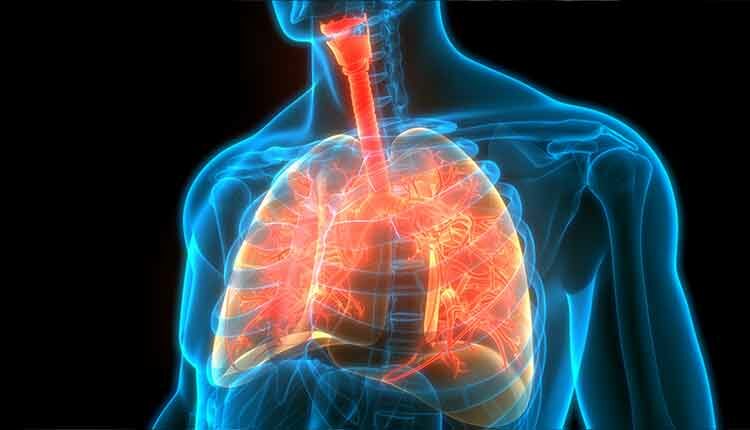
Study Reveals COVID-19 Pathway From the Oral Cavity to Lungs
Periodontal disease and poor oral hygiene may be a more accurate predictor for COVID-19 severity than other risk factors, a study has found.
Periodontal disease and poor oral hygiene may be a more accurate predictor for COVID-19 severity than other risk factors, a study has found. This research suggests mouthrinse use and simple oral hygiene practices can reduce the risk of transmission from the patient’s oral cavity to the lungs.
Led by an international team of researchers from the United States, United Kingdom, and South Africa, the study indicates the mouth and nose are central entry points for the virus. The paper, “The COVID-19 Pathway: A Proposed Oral-Vascular-Pulmonary Route of SARS-CoV-2 Infection and the Importance of Oral Healthcare Measures,” explores the oral cavity-COVID-19 connection, outlining the route taken by the virus as it enters the bloodstream from saliva, via the gingiva, into the blood vessels of the neck and chest, through the heart, and to the lung blood vessels.
“Dental plaque could provide a constant supply of the virus directly into the blood during illness with COVID-19. Thus, it could be the ongoing delivery of the virus itself via blood vessels which spreads the virus to lungs, leading to poor outcomes,” the authors note.
Researchers conclude the virus reaches the lungs through blood vessels since the airways do not appear inflamed on computer tomography scans, while the blood vessels appear abnormal. These findings also suggest the virus enters through gingiva capillaries and into systemic circulation before being delivered to the lungs. The virus is believed to replicate in the salivary glands of the mouth.
“Disrupting the virus reservoir in saliva and addressing oral conditions that favor viral passage to the blood, such as periodontal disease, might become fundamental steps in the management of COVID-19,” says Carla Pontes, PhD, MsC, DDS, a periodontist and researcher at the Mouth-Body Research Institute in Cape Town, South Africa.
Also noted is the potential use of mouthrinses containing cetylpyridinum chloride, ethyl lauroyl arginate, or povidone-iodine to inactivate the SARS-CoV-2 virus. Currently, University of North Carolina at Chapel Hill Adams School of Dentistry researchers are investigating how effective mouthrinse is at reducing a person’s risk of spreading COVID-19 through a clinical trial that will test the utility of commercially available oral rinses in limiting SARS-CoV-2 infectivity.

